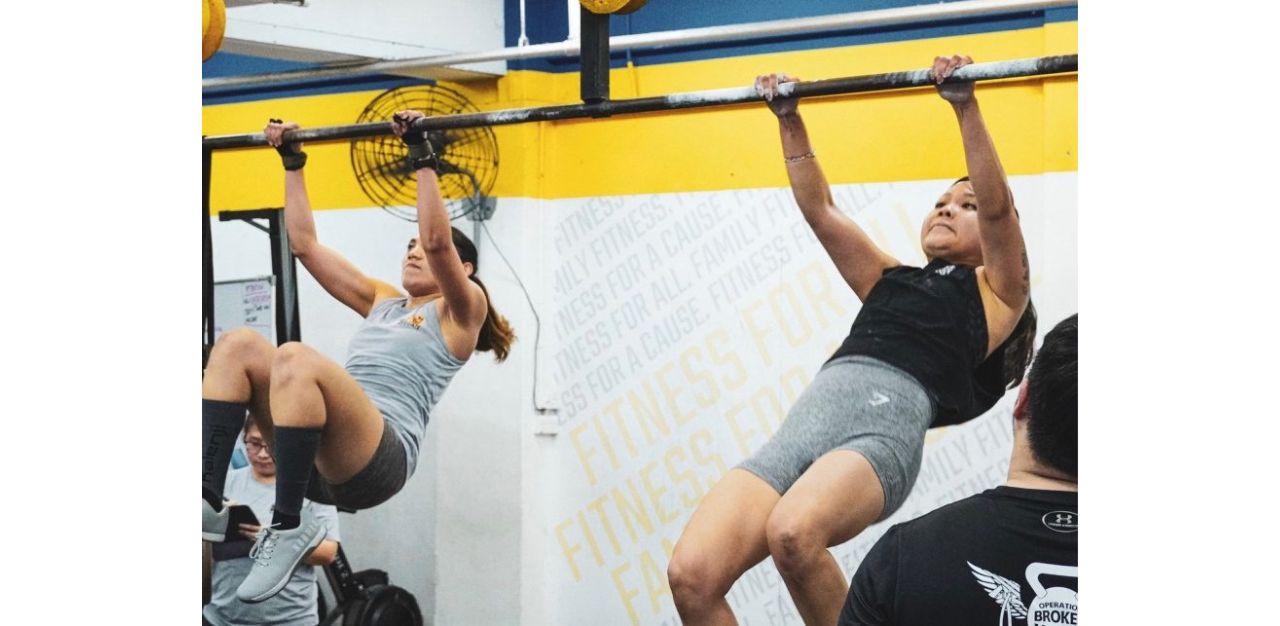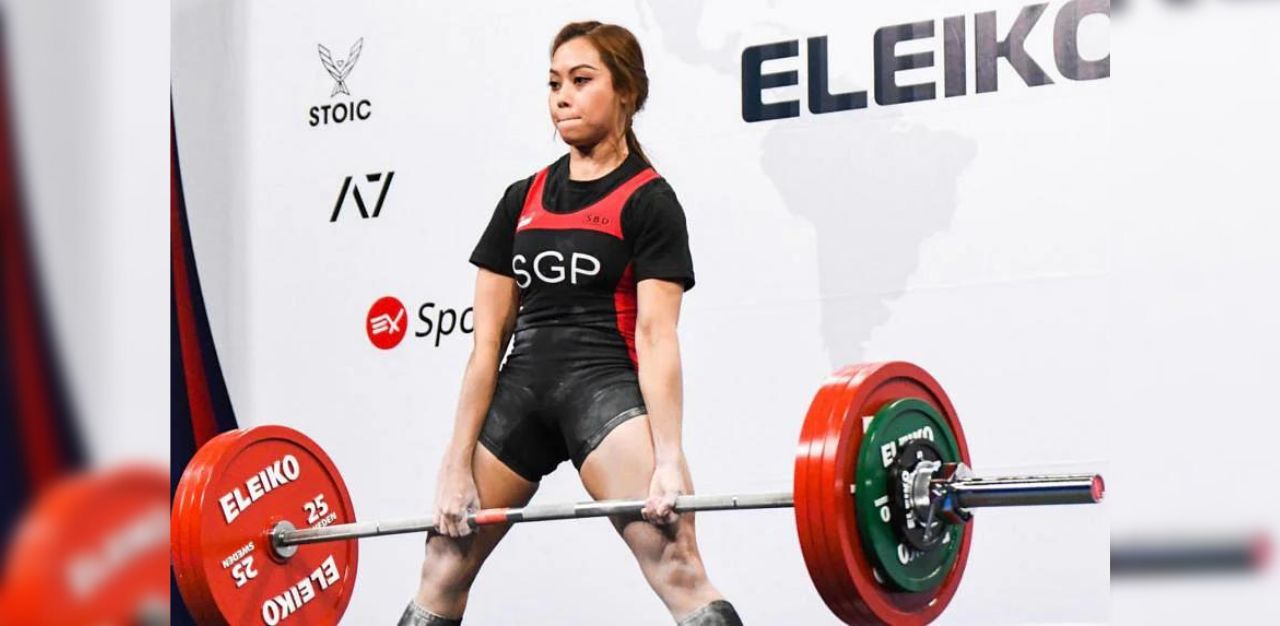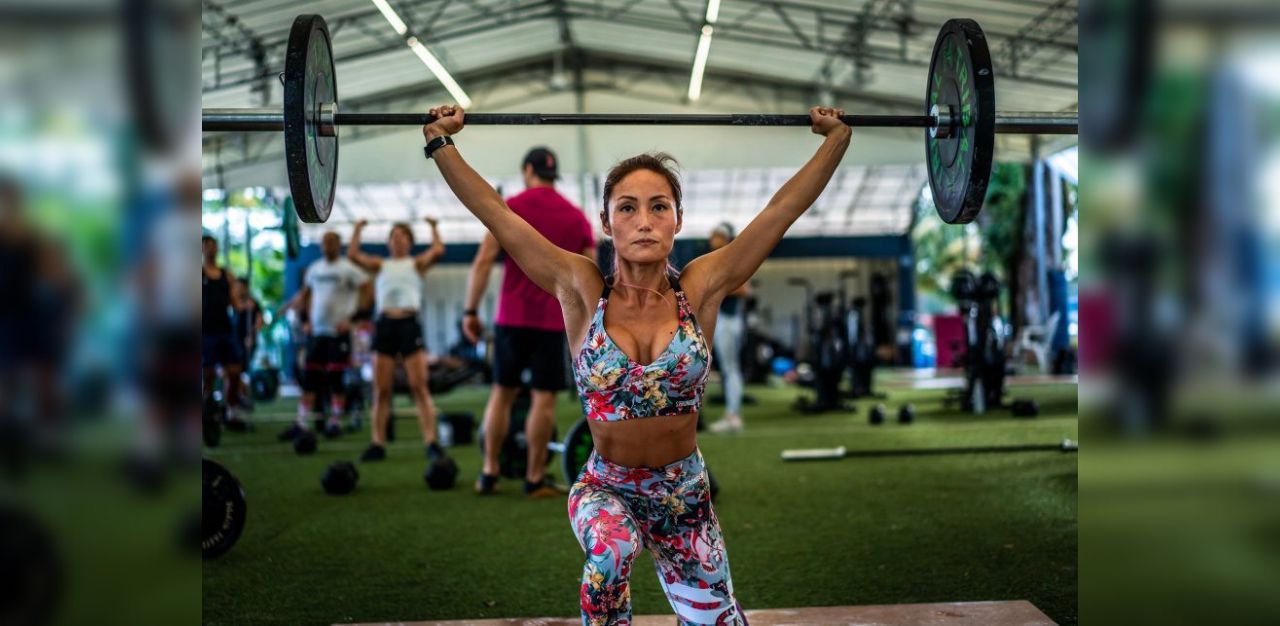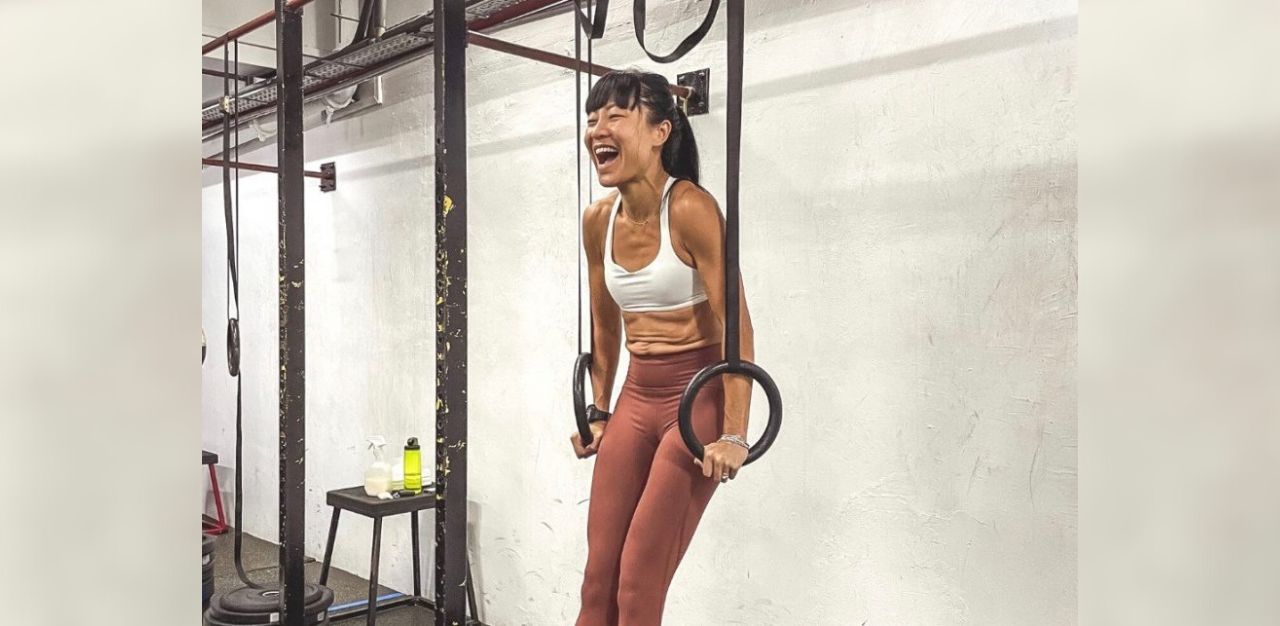Being stick thin or looking as emaciated used to be the ideal body image for girls and young women. Many tried their best to emulate runway models such as Kate Moss, Olga Shearer and even Victoria Beckham, often driving them to anorexia and even the brink of death.
Today, the image of the ideal woman has changed.
In Singapore, the body image of the woman has shifted in favour of strength and lululemon, resulting in the number of gyms sprouting like mushrooms across the island republic.
Look to your nearest shopping mall. Along with this yearn for fitness comes specialised gyms and work-out regimens, all targeted with different health goals. For every spin studio that resembles a nightclub, you will probably find a tamer, ‘zenner’ pilates class
The latest craze that is shaping the picture of a typical Singaporean woman today is CrossFit.
CrossFit is a branded fitness regimen that incorporates elements from high-intensity interval training (HIIT), weight lifting, powerlight, and callisthenics.

“I think women are less intimidated by weights now, especially after they are exposed to it and realise that they can lift some pretty damn heavy dumbbells. And this is precisely what I wish to encourage – to just try it out, and who knows, you’ll start to fall in love with how strong you actually are,” says the owner of gym Kampung Too Poon Shu Qi.
You are what you read
While becoming strong is not a problem for the male counterparts, women tend to be more reserved towards it for cultural reasons. The portrayal of models and ambassadors in wider media also shapes and provides exposure to the public’s perception of how a woman should look.
“Traditional Asian media and mindsets portray women to be “the weaker sex”, with petite body frame. Recently, we see a gradual shift in focus in mainstream media from the models that they use. Whilst blogshop models are still the classic image of “skinny”, with the rise of athleisure in daily fashion, models now sport defined muscles and stronger body frames,” says Ms Cassandra Lau, owner and coach at Actualize CrossFit.

The 29-year-old adds that many clients are inspired by figures who receive media attention. Singaporean powerlifter Farhanna Farid made headlines when she broke the world record lifting 200.5kg at the World Open Classic Powerlifting Champions 2022 in South Africa. Then there is Ms Filza Dorah Sim, a retired bodybuilder and owner of Bold Fitness, who also advocates for women to grow stronger.
Growing in body and mind
While the motivations and goals of hitting the gym vary, there is a widening definition of what fitness means. Fitness does not mean being skinny but this does not mean that skinny means weak.
“Overtime, the perception of how fitness should be built has changed. What started out as typical Zumba exercises or light weights has evolved to become a dive into Functional Training. High Intensity Fitness programs and all the fad in ‘pushing yourself’ is seen as glamorous. Being a CrossFit facility, we do see individuals prioritising movements and functionality over how they look. They focus more on what their body can do and where its peak capability is at, as well as how good they feel both inside and out. Through the workouts that they do here, it has become a staple for them to chase the achievement of running faster, jumping higher, moving more weight and increasing the capacity of what they can do,” says a spokesman for Innervate Fitness, a CrossFit gym.
CrossFit’s emphasis on movement and functionality takes the focus away from body goals and shifts it to performance.

“Women who stick to CrossFit pursue a wide range of goals that are mainly performance. Most want to become stronger, learn and unlock different skills and feats of strength, for example, deadlifting more than their bodyweight, performing a weighted pull-up, or even acquire skills like a ring muscle up, and invest in their health (we have a healthy number of mothers who continue to train whilst safely carrying their baby to term). Body goals then become secondary to them,” says Ms Lau.
“I believe CrossFit teaches girls and women that having muscles does not make you any less feminine. It encourages people to look beyond how their bodies appear and to view it as what their bodies can do. Women work their asses off and they feel proud to see what they can accomplish. Along the way, they start to feel stronger and healthier, and gradually feel even better and more confident about their own bodies,” says Ms Poon.
The rise of super girl and wonder woman
As terms like feminine, skinny, and muscular, gets redefined, the blurring of a once drawn line, breaks down stereotypes and provides one a freedom of expression through fitness.
“It is definitely gaining momentum. We notice that even with the older women who come in to train for our weekly Legends classes (physiotherapist-led functional fitness class for the elderly), they look around and comment how “fit” the younger female athletes look, and strive to work harder to look strong as well. We’re changing the perception of how women should look and feel, and it’s exciting,” says Ms Lau.
“Women are starting to see the appeal of lifting weights. But no, I don’t think the ‘strong girl’ image is growing in popularity; it’s just that women are not afraid of being strong and having some muscles. Looking strong is a byproduct of not being afraid to touch the slightly heavier weights, feeling confident and comfortable in their own skin, and thus feeling stronger, fitter, and most importantly, happier,” says Ms Poon.

Health is wealth
While society reshapes its ideals of fitness and body image, balancing traditional sentiments amidst the deluge of breakneck media influences, the trend of a stronger womanhood is a step in the right direction in the promotion of general health.
“That is still largely the motivation for many women when they get to the gym — lose weight, look good, and by that definition, feel good as well. While many “Instagram models” flaunt their defined collarbones and “thigh gap” and continue to perpetuate this mindset, more people realise that working out is also for health and longevity. Women now recognise that they should and can incorporate strength and conditioning into their repertoire of exercises, moving away from the lighter weights to lifting multiple repetitions at even two to three times their bodyweight,” says Ms Lau.
Moreover, the trend signifies a great leap forward, away from unhealthy eating habits and unsustainable mentalities.
“I think it is common for people, not only women, to view working out as a means to burn calories and ‘earn their meals’. That in itself is not healthy and people often feel ‘undeserving’ of meals just because they did not burn enough calories in the gym. I encourage my members to eat to fuel their bodies to do better and work harder. To look beyond the calories burned, and to think more about how they have progressed over time in their gym and how much stronger, healthier and fitter they felt before they stepped into the gym a couple of months ago. Such a mindset is way more sustainable and healthy,” says Ms Poon.
She adds: “I think there is a gradual shift in mindset for some, myself included, that perhaps body image should never be the end goal. Truth is, you’ll never truly be satisfied with how you look. Sure, an ideal body type will always exist in our minds and comparison may be inevitable. Yet, I encourage people to begin to look beyond that – think about what your body can do, and how you feel in your own skin. Fuel your body and feel healthier, don’t starve yourself and feel miserable.”
Join the conversations on TheHomeGround Asia’s Facebook and Instagram, and get the latest updates via Telegram.












